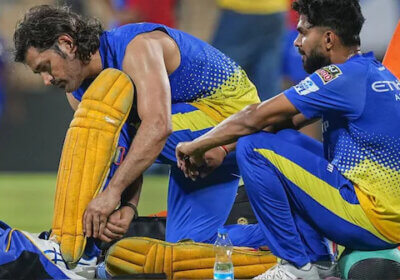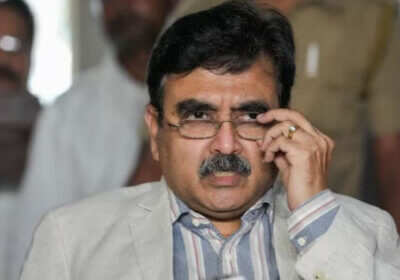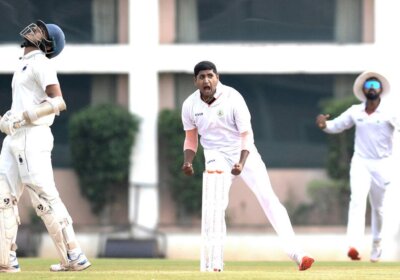The Centre is balancing the current scenario by meeting representatives from various sides, as evidenced by Amit Shah’s meetings with Meiteis and Kukis, in addition to Mizoram civil society groups.

Manipur Violence
Amit Shah met with representatives of various communities to bring peace back to the state
To discuss the situation resulting from the recent widespread violence that rocked Manipur, Union Home Minister Amit Shah met with representatives of the Kuki community from Manipur and several civil society organizations from Mizoram on May 15.
Shah met with the chief executive of the strife-torn state of Manipur, N Biren Singh, and members of the Meitei community the day before to review the steps taken to reestablish peace.
Manipur violence
Manipur was engulfed in violence earlier this month as tribal groups fiercely opposed the possibility of granting Meiteis the Scheduled Tribes (ST) status, which was sparked by a judicial order and was largely opposed by leaders from the Kuki community.
There have been at least 73 confirmed fatalities and 231 injuries in the violence, which started on May 3 after a march organized by the All Tribal Students’ Union of Manipur. Numerous homes were looted and set on fire, forcing thousands of displaced people to seek refuge in makeshift camps.
Factors that contribute to the root of the violence
Unresolved conflicts over territory, authority, and resources, which the tribal communities claim the Meiteis have cornered, are at the root of the violence. On the other hand, the Meitei community, which comprises about 53% of Manipur’s population, believes that illegal immigration from the adjacent nation of Myanmar threatens the state’s very identity.
While the current unrest is portrayed as a direct conflict between non-tribal valley dwellers and hill-based tribals, the majority of Manipur’s Naga tribes have managed to maintain a large amount of peace amid this cycle of violence. This aspect of the conflict has not received enough attention, but many Naga bodies have issued statements denouncing the violence.
Nagas also deny Kukis’ status as Manipur’s native people
The Naga forums have denounced the violence, claiming that the Indigenous Tribal Leaders’ Forum (ITLF), which currently led demonstrations against the Manipur government’s drive against alleged illegal intrusions in the tribally dominant hills, does not speak for all indigenous communities. These Naga forums include the Rongmei Naga Council, Mao Union, and Maran Union.
Therefore, Nagas also deny Kukis’ status as Manipur’s native people, just like a sizable portion of the Meitei community does. Since the 2021 coup by which the Army seized control of that nation, tension has been particularly simmering ever since thousands of Chin-Kuki people from Myanmar, who share an ancestry with the Kuki-Zomi tribes.
The Manipur government declared it would follow the instructions from the Centre to seal borders and turn these refugees away, while Mizoram said it would accept them.
All the tribal people are not immigrants
In the ongoing violence that is rocking the state of Manipur the tribal people who majorly Kuki are however not all illegal immigrants in the state and have their ancestral roots in the hilly regions of Manipur since time immemorial. Terming all the Kuki tribes as illegal immigrants is not fair as Manipur government itself has representation from this tribe which makes it obvious that the tribes are not illegal immigrants.
This also has a lot to do with the way the borders were marked of the state during independence, the illogical carving out of borders by the British tore apart a single village into pieces making it impossible for the local population to fit themselves in a territory with no confusions or ambiguities.
A Case study of the Nagas and Kukis Ethnic Conflict stated
According to a paper by Nehginpao Kipgen titled “Ethnic Conflict in India – A Case Study of the Nagas and Kukis in Manipur,” the major conflict between the two communities between 1992 and 1997 resulted in the deaths of over 1,000 people and the displacement of thousands more as armed insurgents entered the picture. However the conflict dates back to pre-independence times.
Kuki MLA’s Statement
Ten Kuki MLAs called for an independent administration last week, claiming that the Manipur regime “failed miserably to protect” the Kuki-Zomi-Chin people. “Our people can no longer live in Manipur because of the level of hatred towards our tribal communities, which even extended to MLAs, clergymen, pastors, police officers, and other civil servants, as well as laypeople, women, and children. Not to mention the devastation of houses of worship, residences, and other buildings. To live once more among the Meiteis would be equivalent to our people dying,” they declared in a statement.
Shah’s meetings with Meiteis and Kukis as well as the Mizoram civil society groups demonstrate the precarious position the Centre is in as it attempts to address the situation by speaking with representatives of various parties.
Panchayiti is bringing a series on this issue covering the historical facts of the conflict and the current ground realities apart from what is being propagated in mainstream media.























Pingback: Fresh Violence In Manipur, Curfew Reimposed - Panchayiti
Pingback: Manipur Violence : Congress demands high level investigation